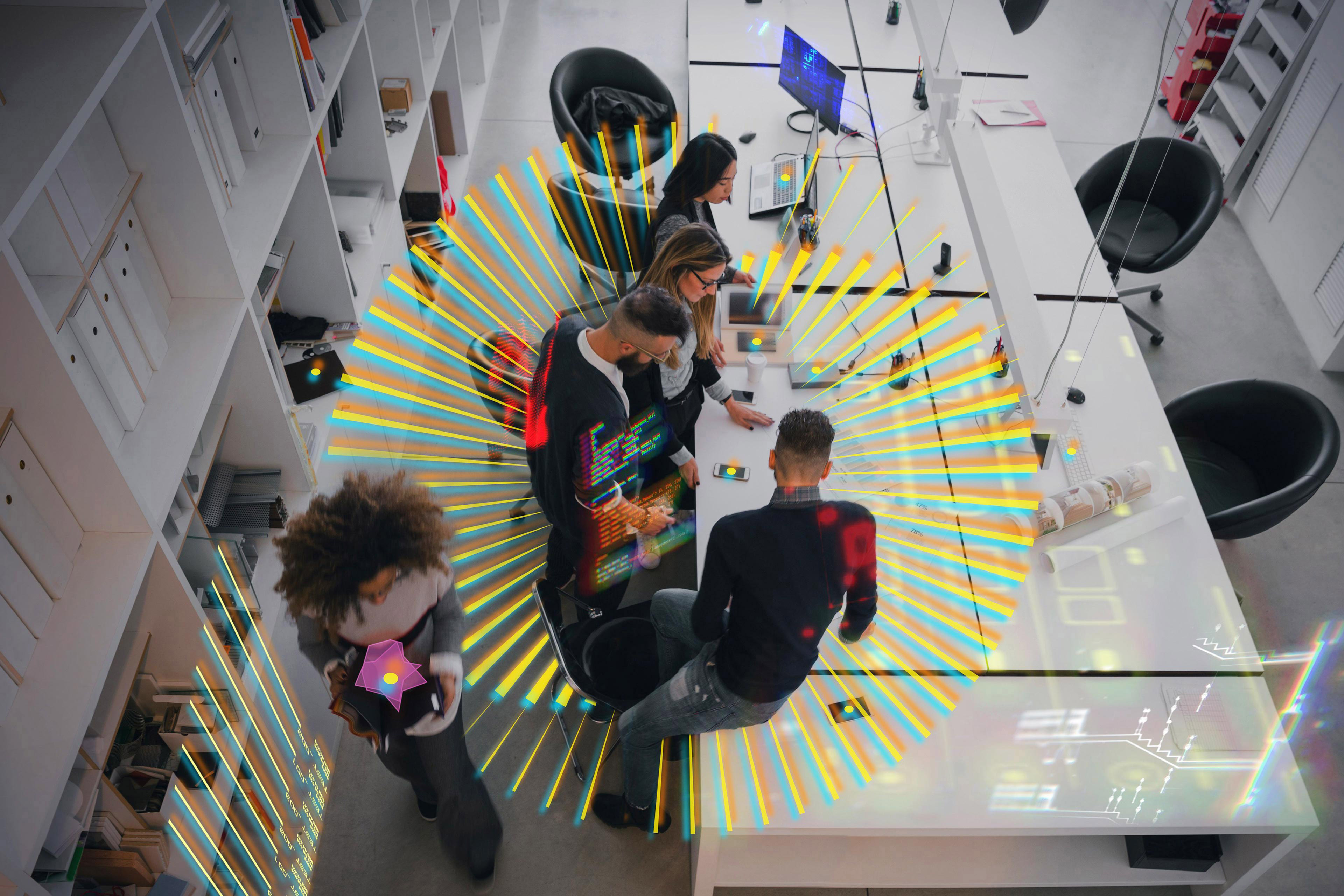GenAI’s ability to perform complex cognitive tasks means that AI taking over and rendering low-skilled jobs obsolete will most likely turn out to be a myth, and advanced economies may initially see a greater labor augmentation potential. Mathematical and programming skills have the highest GenAI exposure scores, while active listening and learning have the lowest, as these are tasks involving complex human interaction, creativity and emotional understanding.
Looking at the top 10 occupation groupings with the highest AI augmentation scores, professions like plant and system operators, physical scientists, agricultural workers, drafters, programmers, engineers and architects involve a high degree of repetitive and data-driven tasks that AI can automate. These include data analysis and monitoring, operations scheduling, document review, design work and safety inspection processes.
Although these occupations are significantly exposed to AI, total automation is unlikely, as workers remain indispensable for overseeing processes, strategic decision-making and tasks requiring nuanced judgment. Indeed, the wide dispersion of AI augmentation scores for the top 10 occupation groupings illustrates the importance of human intervention.
The 10 occupation groupings with the lowest AI augmentation scores have the highest intrinsic human elements needed for their functions. For example, roles like post-secondary teachers require human interaction and ability to customize learning. Occupations such as health care practitioners demand personalized care and critical decisions that AI currently can’t provide. Roles such as cooks and firefighters necessitate precise physical intervention (which can require complementary robotization) and high-stakes decision-making in unpredictable situations. Consequently, these roles, which require human interaction, decision-making, physical intervention and personalization, face lower risk from GenAI augmentation at first.
Still, as is the case for major occupations with high AI exposure scores, there is wide dispersion across the low-AI-exposure occupations. Even occupations that require human interaction have some sub-functions that can be augmented via GenAI. Think of grading or course material preparation for a teacher; or prevention, monitoring and early risk detection for firefighters.














